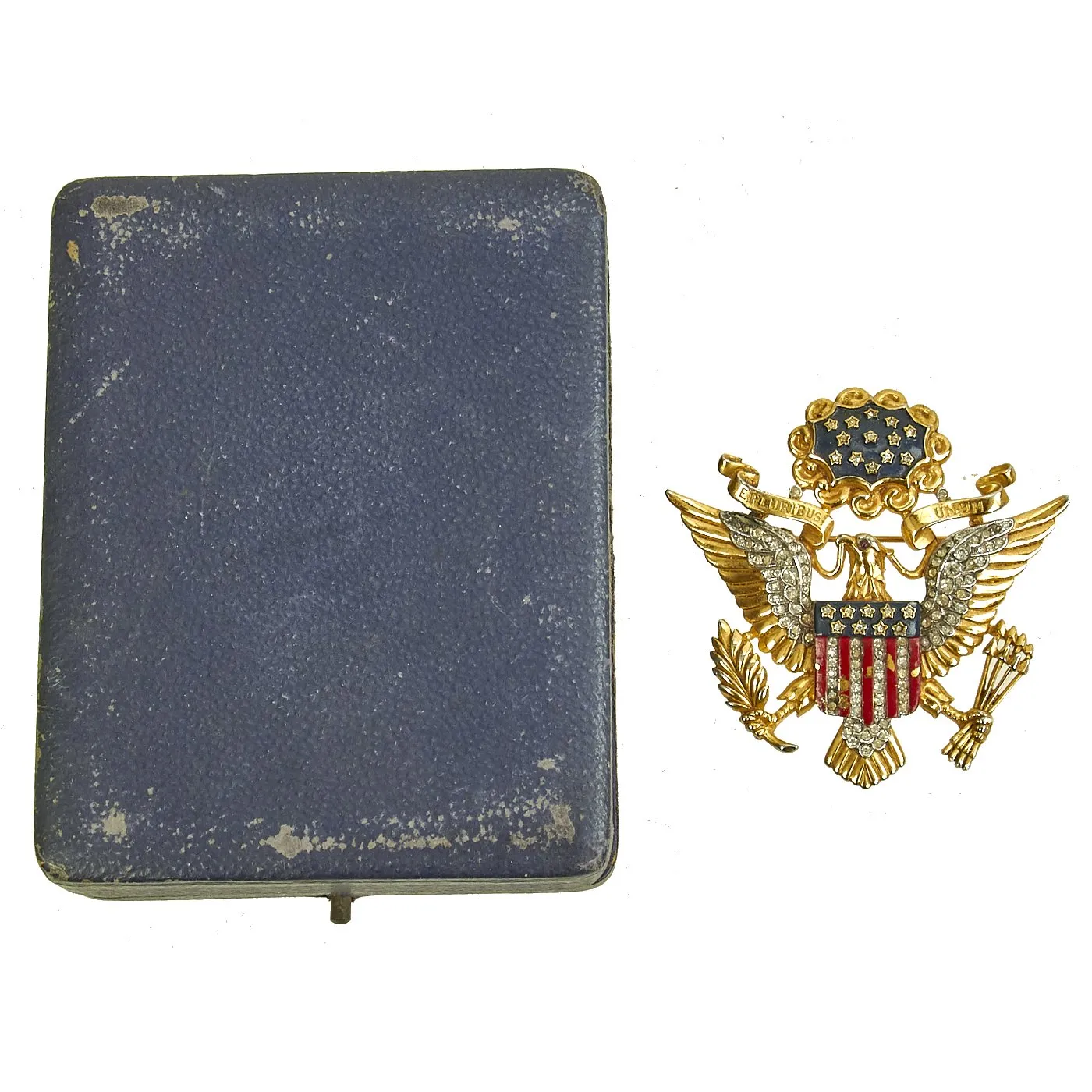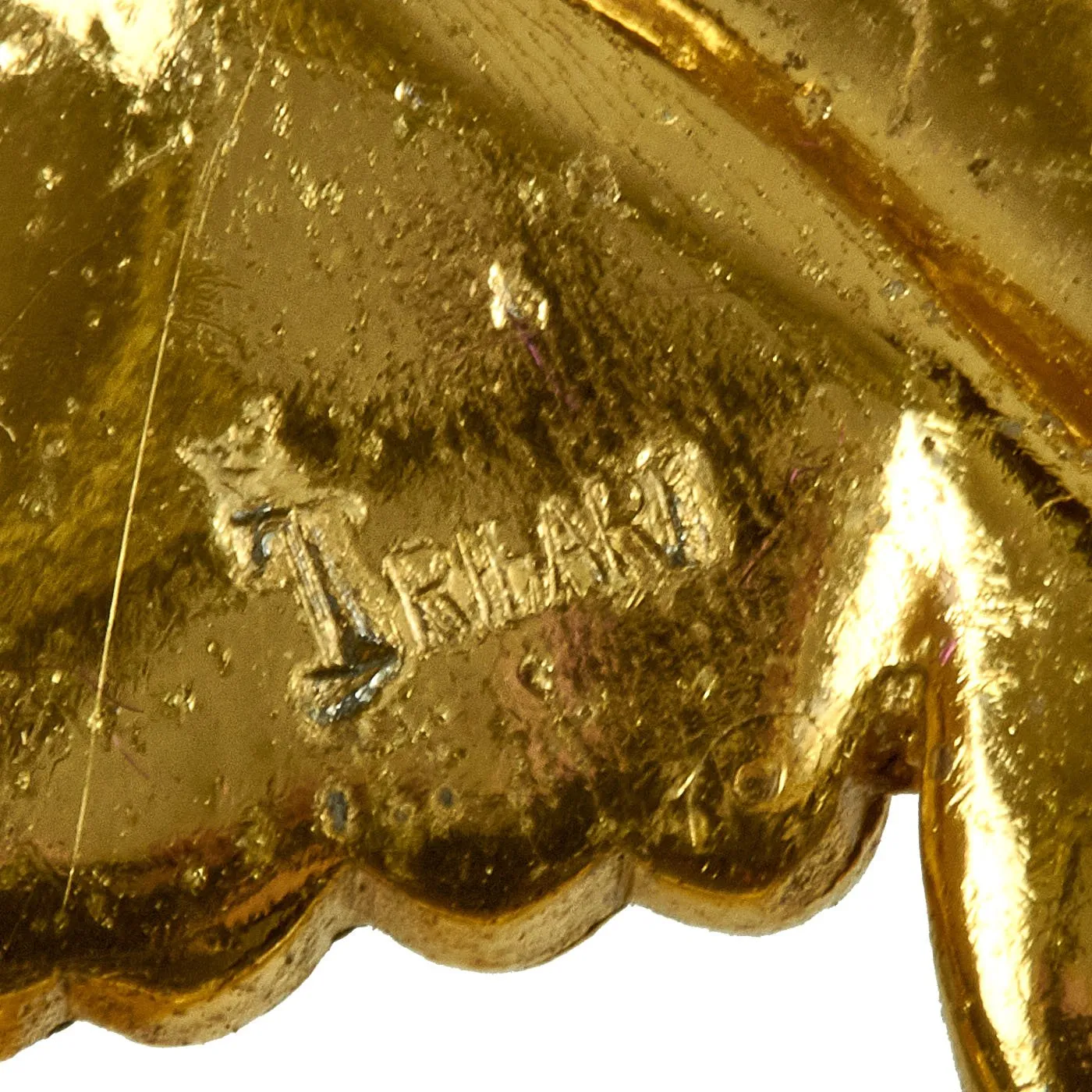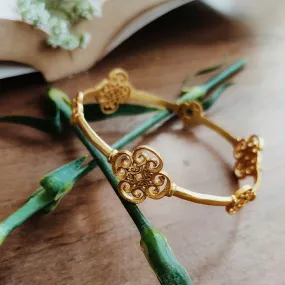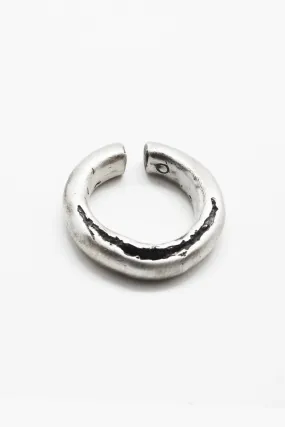-
Home
-
Collection
- Collection
-
Collection 01
- Collection 01
- Collection 01-1
- Collection 02
- Search
- Contact Us
- Product



















